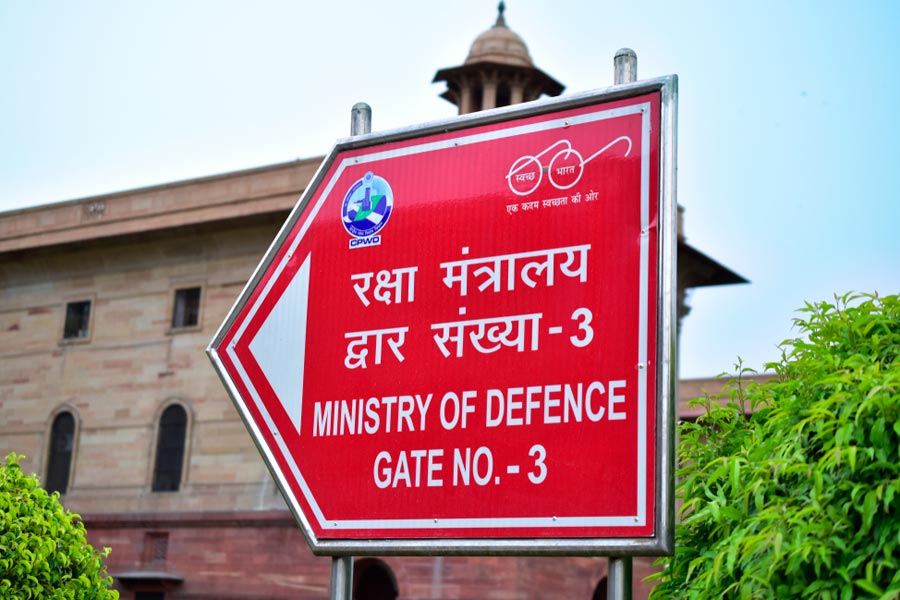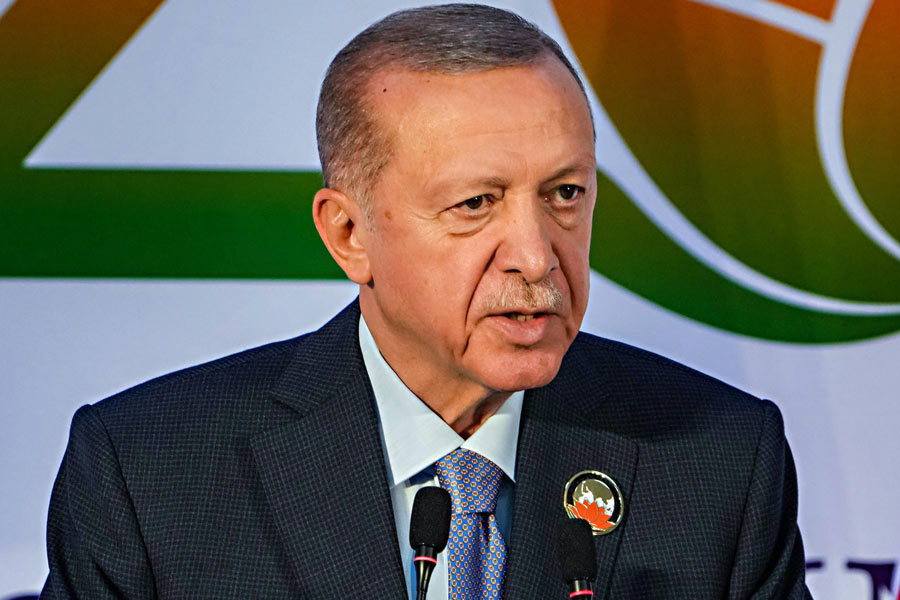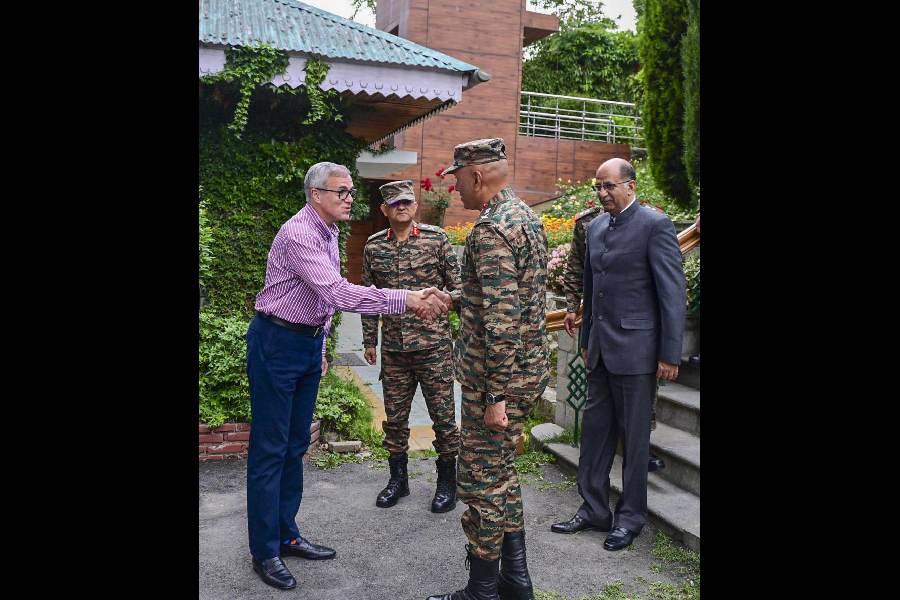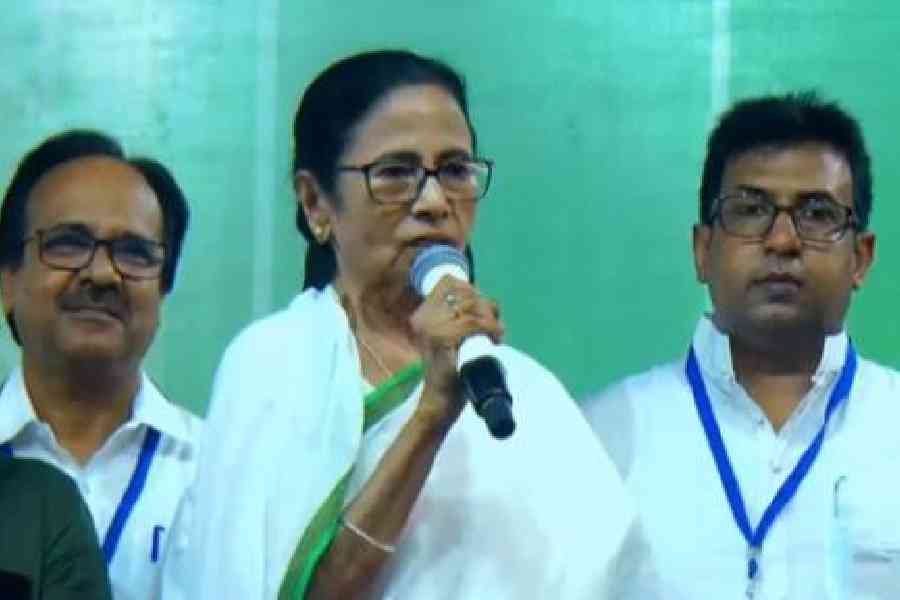 |
The capital city was shifted from Cuttack to Bhubaneswar by virtue of a policy decision of the Orissa government. President Rajendra Prasad laid the foundation of the capital city in Bhubaneswar on January 1, 1958.
However, by then, Cuttack had remained a capital almost continuously for nine centuries with the Barabati Fort as the seat of most sovereign power who ruled Orissa.
Barabati Fort was headquarters of Ganga dynasty's Kalinga empire (1112-1435), home to Suryavansi Gajapatis (1436-1540), Bhois (1542-1560) and Mukundadev, last great Hindu ruler of Orissa (1560-68). Cuttack remained the capital of the Turko-Afghan (1568-90), Mughals (1591-1707), Nazims of Bengal (1707-51) and the Marathas (1752-1803).
When the East India Company forces defeated the Marathas by capturing the Barabati Fort in 1803, it initially made Puri, the capital after giving the stamp of ruling authority over Orissa by way of the Treaty of Deogaon. Puri was chosen to make their journey to Calcutta and Madras easier directly through the Bay of Bengal. But it was shifted to Cuttack in 1818.
Cuttack was made the headquarters of Bengal Presidency's 19th commissioner and it remained the capital city of the Orissa division of provinces of Bengal and later of Bihar and Orissa.When the interim government was formed in Orissa province in April 1937, the Legislative Assembly reportedly decided to make Rangeilunda in erstwhile Ganjam the capital. But Cuttack remained the capital city as the decision could not be reportedly implemented due to non-availability of funds in the wake of the World War II.
 |
Interestingly, the capital city was partially shifted from Cuttack to Sambalpur in 1943 as an emergency measure during the ongoing war. The secretariat returned to Cuttack on August 15, 1945. The Somavamsi rulers had shifted their capital from Bhubaneswar (then Tosali) to Cuttack after Nrupa Kesari supposedly founded it in 989 AD.
Cuttack's journey from two villages (Bidanasi and Barabati) to a Kataka (military cantonment) or a fortified city and a capital owed much to its unique geographical location at head of the Mahanadi delta. Its strategic location made it the meeting point of the land route from the north, south and west. Moreover, the two rivers - Mahanadi and Kathajodi which flows into the Bay of Bengal - served as convenient waterway for commerce and communication with the hinterland.
The favourable geographical location facilitated growth of Cuttack into a trading hub as most of the trading centres in Orissa had to depend on it for extra-territorial trade as it provided the outlet into the sea for traders.
British official records indicate that Cuttack used to be one of the greatest inland waterways of the country. When the False Point Harbour to the north of present Paradip was constructed in 1867, it was commissioned as the “Port of Cuttack”. Cuttack lost this enviable position as river born traffic waned with the laying of Madras and Calcutta rail lines through the city and construction of bridges over the Mahanadi and Kathajodi rivers.
But Cuttack remains one of the oldest continually inhabited cities in the world without interruption for over a millennium.
Assembly, then & now
.jpg) | .jpg) |  |
| After Orissa acquired statehood on April 1, 1936, Ravenshaw College in Cuttack was chosen to be the venue of the Legislative Assembly. The first meeting was held at the College Hall on July 28, 1937 | From here, the Assembly was shifted to a building (now known as Sardar Patel Hall) in Bhubaneswar in 1952 after Independence. The first session of the 140-member Assembly was held on March 4, 1952 | Finally, the Assembly was shifted to its present building in Bhubaneswar, which was inaugurated on February 16, 1961 by the then vice-president, Dr S. Radhakrishnan. The number of MLAs at that time was 140, which was later increased to 147 in 1974 |











